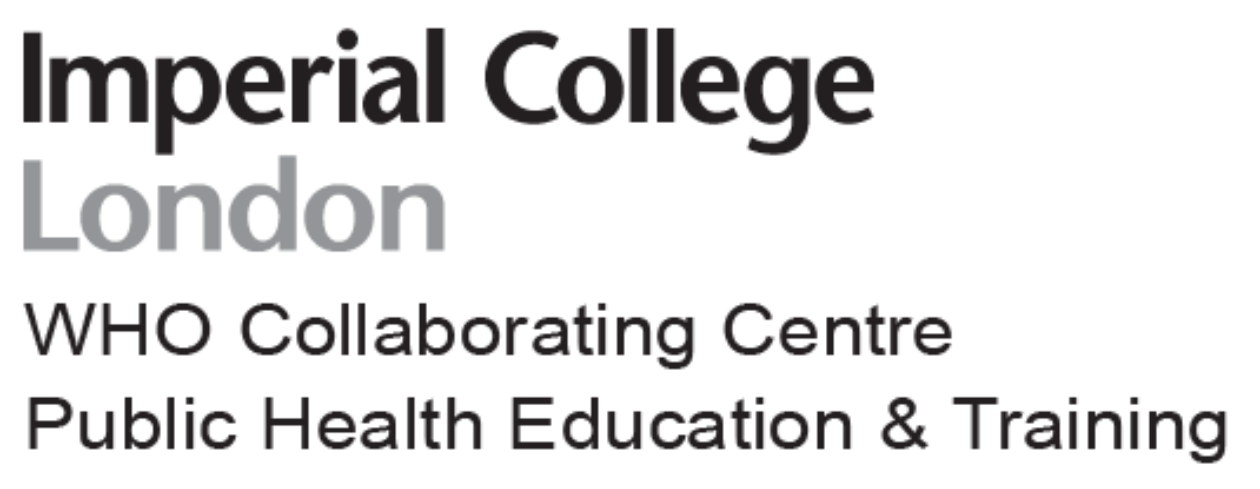Infodemics are described as a tsunami of information during a health emergency or crisis [37]. This is particularly relevant during an outbreak of a disease like measles. Mis-, dis-, and mal-information (MDM-information) has been circulating since fraudulent research was published on the MMR vaccine at the turn of the century [35]. As the anti-vax movement has grown so to has the information generated by public health agencies promoting the safety of the MMR vaccine [35, 37]. This tidal wave of information, the so called ‘infodemic’, contains both good information and bad. This is where health literacy comes in, so people are empowered to be able to recognise what is trustworthy information and what is MDM- information.
To find out more about Infodemics read the article our Team collaborated on: Management of infodemics in outbreaks or health crises.










